Bukchonmaru hanok guesthouse [Korea Quality] / 북촌마루한옥게스트하우스 [한국관광 품질인증]
11.8Km 2020-09-10
152, Changdeokgung-gil, Jongno-gu, Seoul
+82-10-3253-8751
Bukchonmaru Hanok Guesthouse is located between “Bukchon Views 2 and 3” on a hill in Bukchon Village in Seoul. This two-storied hanbok building with a terrace, which is rarely found among other hanok structures in the area, offers a splendid view of Seoul. In particular, the summit of a hill next to the main gate of Choong Ang High School where the guesthouse is situated is known as the filming location for the famous Korean TV series Winter Sonata (2002). When you open the main gate and go up to the first floor, a small yard is seen with a group of jars on one side. After entering the sliding door through the yard, there is daecheong maru (main floored room) that features the doors opening in all directions and a high ceiling with rafters, making the space open and cozy. The hanok building consists of two floors – the ground floor is equipped with special furniture, a jar table and a log chair made by the owner, and on the first floor are guestrooms comprised of one large room and two small rooms. The neat and clean rooms are designed in a simple way and have lovely bedding with the pattern of five cardinal colors. Its staff members can speak English and Chinese to communicate with guests from other countries. Every morning, guests engage in animated conversation while enjoying a Korean home-style breakfast prepared by the owner in a friendly atmosphere. After having breakfast, if guests want, they can try on traditional Korean clothes (hanbok) and take photographs inside and around the guesthouse to create interesting memories. The guesthouse also provides a hanbok rental service (KRW 30,000 for a day) and tourists wearing traditional Korean clothes can enter both Changdeokgung Palace and Gyeongbokgung Palace, which can be reached on foot within 10 to 15 minutes, free of charge. Moreover, guests can enjoy an open view of the area including Gahoe-dong, Gye-dong and even the lights of the Namsan Seoul Tower at night from the roof top.
Gare de Cheongnyangni (청량리역)
11.8Km 2016-12-12
214 Wangsan-ro, Dongdaemun-gu, Séoul
Cette gare fut construite en 1911 en tant que gare ordinaire. Elle prit le nom de Donggyeongseong en 1938 puis Cheongnyangni en 1942. Elle fut détruite lors de la Guerre de Corée en 1950 puis reconstruite en 1959.
Centre commercial Mecenatpolis (메세나폴리스 몰 - 외국어사이트용)
11.8Km 2020-04-27
45, Yanghwa-ro, Mapo-gu, Séoul
+82-2-6357-0108
Le centre Mecenatpolis, en tant que street mall (centre commercial situé
sur la rue), abrite un supermarché et diverses boutiques pour les vêtements
de mode et les cosmétiques ainsi que des restaurants et des cafés.
Par ailleurs, le cinéma Lotte et les salles de concert vous permettent
de profiter d'événements culturels réguliers. Au sein de
la place centrale du centre Mecenatpolis, vous pourrez profiter de divers spectacles
et autres événements ponctuels. Grâce à la station
Hapjeong reliée directement au centre, il est très aisé
de s'y rendre.
Gaeseong Myeonok (개성면옥)
11.8Km 2016-09-05
579, Bakdal-ro, Manan-gu, Anyang-si, Gyeonggi-do
Gaeseong Myeonok is easily accessible and is designed for families with a playground, clean restrooms and refreshing naengmyeon (Korean style cold noodles).
The quaint little fountain welcomes diners at the entrance of the restaurant and the service staff is just waiting to please you.
What is unique at Gaeseong Myeonok is that the entire staff receives a share of the profits, providing high-quality service for diners.
Seongdae Guksu (성대국수)
11.8Km 2021-03-18
18, Seonggyungwan-ro, Jongno-gu, Seoul
+82-2-762-3996
This is a Korean cuisine located in Jongno-gu, Seoul. A restaurant that uses only natural ingredients. The best menu at this restaurant is noodles in anchovy broth.
Beer Ok (비어오크)
11.8Km 2021-03-29
151, Daehak-ro, Jongno-gu, Seoul
+82-2-745-0087
It's near the university, so it's a place frequented by many young people. This Korean dishes restaurant is located in Jongno-gu, Seoul. The representative menu is rotisserie chicken.
Musée Folklorique National de Corée (국립민속박물관)
11.8Km 2019-03-26
37, Samcheong-ro, Jongno-gu, Seoul-si
Le Musée Folklorique National expose le style de vie des anciens Coréens. Il y a 20.000 vestiges avec un total de 4.000 reliques folkloriques. Dans le Hall du Centre, il y a des expositions en rapport avec la culture traditionelle ou folklorique. Le “Hall du style de vie coréenne” montre les styles de vie des Coréens depuis les temps préhistoriques jusqu’à la Période Joseon (1392~1910). Il vous sera possible de comparer les caractéristiques culturelles et les vestiges par période et vous pourrez ainsi voir le développement de la poésie, des instruments agricoles et des copies. Le deuxième Hall d’Exposition qui est le ‘Hall des Coréens au Travail‘ expose les outils de la ferme, de la chasse et de la pêche, tout comme les maisons et les vêtements. Il comprend des travaux d’artisanat, des accessoires, des assiettes, du Kimchi et Jangdokdae. Le 3ème Hall d’Exposition s’appelle le ‘Hall du Cycle de la Vie coréenne‘ et présente la vie de la Corée ancienne depuis la naissance jusqu’à la mort en passant par le mariage. En dehors du musée, il y a encore quelque chose de plus amusant qu’à l’intérieur. Les sculptures en pierre Dolharubang, les moulins à vent, la trépigneuse et les cabanes de l’Ile Jejudo sont exposées en plein air. Le Musée Folklorique National organise un ‘Concert coréen folklorique’ tous les samedis, à l’auditorium. Le premier dimanche de chaque mois, le Musée Folklorique National désigne le Jour de ‘Visite du Musée’ pendant lequel l’entrée est gratuite.
Musée des Enfants (국립민속박물관 어린이박물관)
11.8Km 2019-03-25
Palais Gyeongbokgung, 1-1, Sejong-ro, Jongno-gu, Seoul-si
+82-2-3704-4540, 4524
Le Musée des Enfants est un musée d’expériences pratiques administré par le Musée National Folklorique de Corée. De nombreux graphismes et maquettes permettent aux enfants de toucher et de sentir les objets et d’expérimenter l’histoire folklorique d’une manière interactive. Les expositions sont organisées autour des thèmes des vêtements folkloriques, de la nourriture, de l’habitat, de la vie sociale et des loisirs. Le musée comporte de nombreux espaces interactifs, parmi lesquels une table dressée pour un rituel ancestral, des miniatures magnétiques représentant le premier anniversaire d’un bébé, et un espace où les enfants peuvent bâtir une maison traditionnelle. Ils peuvent auss créer leur propre avatar vêtu d’un hanbok, préparer le kimchi à l’aide de dessins, ou jouer au Gonu, un jeu de plateau traditionnel. Le musée collecte, conserve et entretient également des objets anciens ayant trait à la jeunesse et à sa culture.
Forteresse Achasanseong (아차산성)
11.8Km 2023-04-05
Gwangjang-dong, Gwangjin-gu, Seoul-si
+82-2-450-7593
La forteresse Achasanseong offre une vue panoramique sur la rivière Han et ses alentours. Sa forme est hexagonale, sa circonférence inférieure à un kilomètre. Située au sommet, à 200 m d’altitude en direction de la rivière Han, exposée sud-est, elle offre une vue magnifique. Son nom a été modifié de Adan à Acha sous le règne du roi Taejo (1392-1398), et est appelée également Janghanseung ou Gwangjangseung. C’était un point stratégique qui fut pris et repris maintes fois à l’époque des Trois Royaumes (4ème-7èmesiècle), au cours de laquelle Goguryo, Baekje, et Silla se livraient une lutte acharnée pour la domination du territoire. Elle est chargée d’une valeur historique, le Roi Gaero (règne de 455-475) de Baekje y fut tué, défait par les troupes envoyées par le Roi Jangsu(règne de 413-491) de Goguryo ; le Général Ondal de Goguryo y est également mort en 590 au cours d’une bataille contre l’armée de Silla.
Le Mont Achasan est apprécié en tant qu’aire de détente avec son sentier de l’histoire et son parc naturel équipé d’un chemin de randonnée(1500m), de terrains de badminton, d’arènes de sable pour le ssireum (lutte traditionnelle), de terrains de tir à l’arc, de jeux pour enfants, de bancs, d’un pavillon etc...
Centre commercial Lotte Mart (Yangpyeong) (롯데마트 서울 양평점)
11.8Km 2020-05-05
Seoul, Yeongdeungpo-gu, Seonyu-ro 138
+82-2-450-2500
Le centre commercial Lotte Mart (branche Yangpyeong à Séoul) se situe dans le quartier Yangpyeong-dong (Yeongdeungpo). Il comporte deux étages en sous-sol et deux autres étages en surface et propose le tout premier espace 'Urban Forest' au 1er étage. Cet espace permet ainsi de profiter des joies de la nature en plein centre-ville, 1er étage consacré également à la restauration et au repos. Le 2ème étage abrite le magasin de jouets Toys 'R' Us et le magasin de l'électronique HiMart .
Ce grand centre commercial permet d'acheter des produits très divers allant du textile jusqu'à l'alimentation.
![Bukchonmaru hanok guesthouse [Korea Quality] / 북촌마루한옥게스트하우스 [한국관광 품질인증]](http://tong.visitkorea.or.kr/cms/resource/32/2574032_image2_1.jpg)
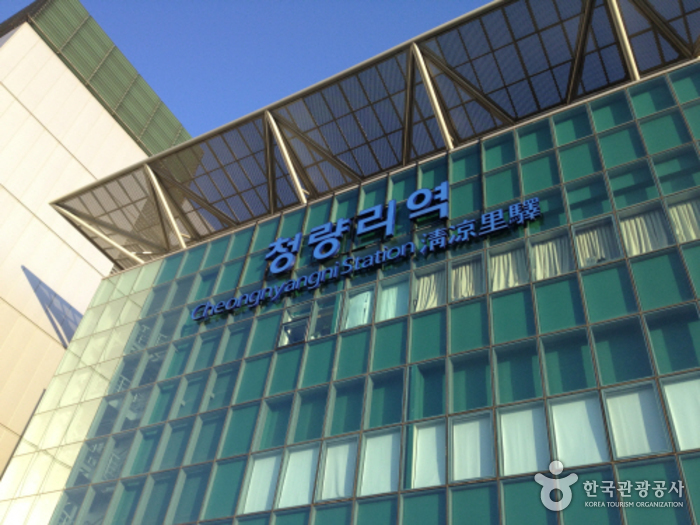
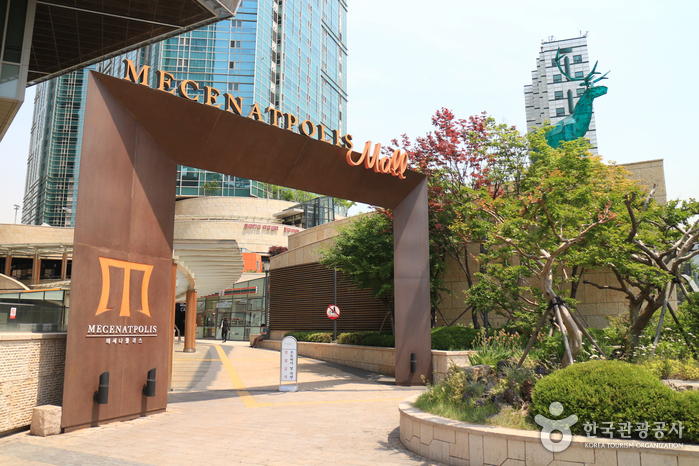

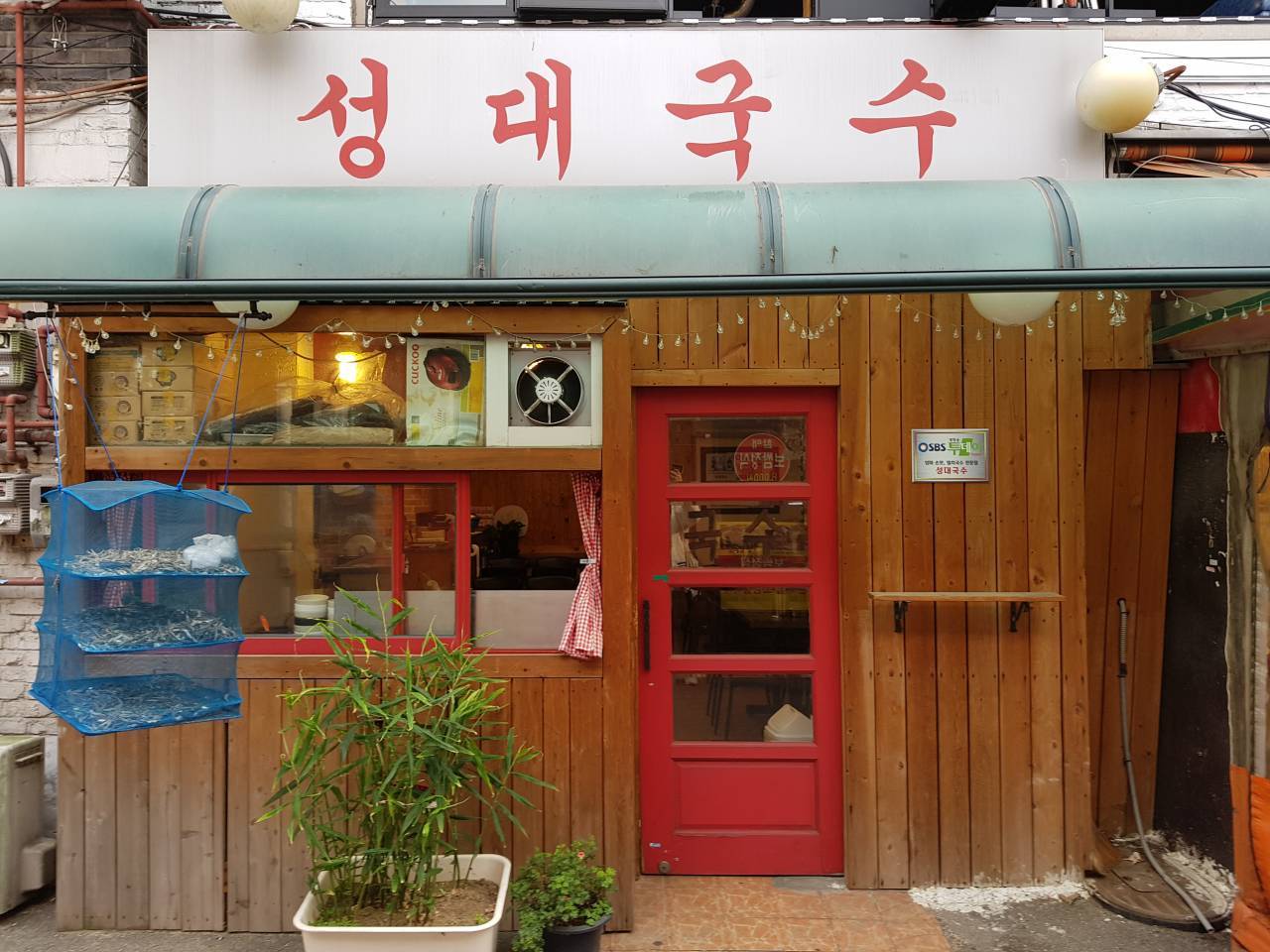
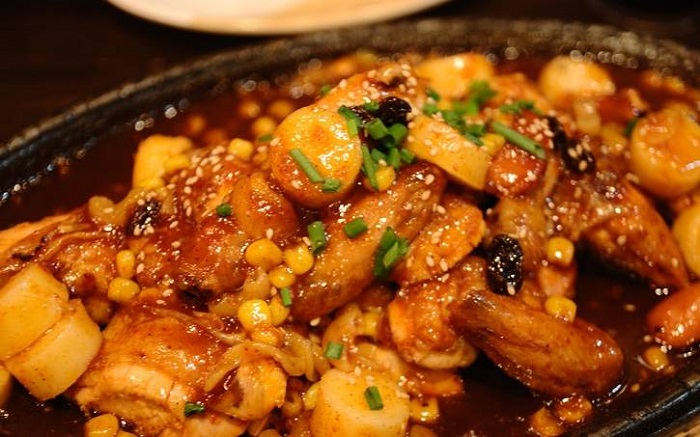
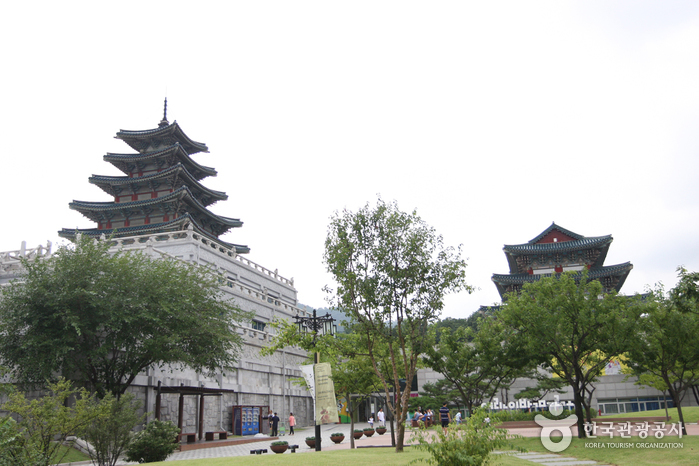
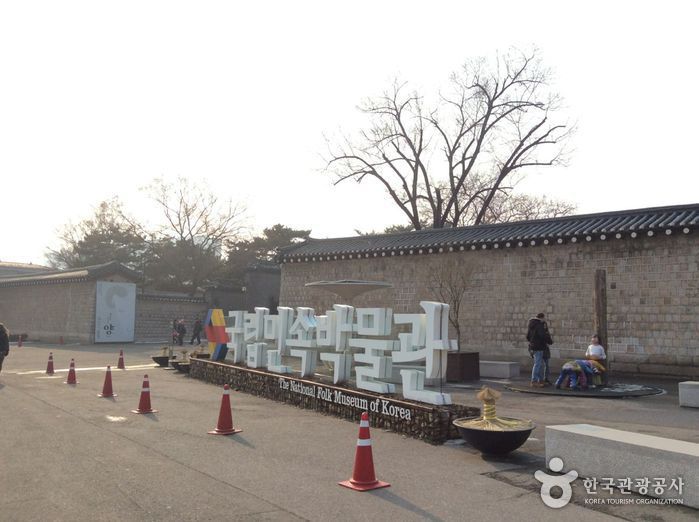
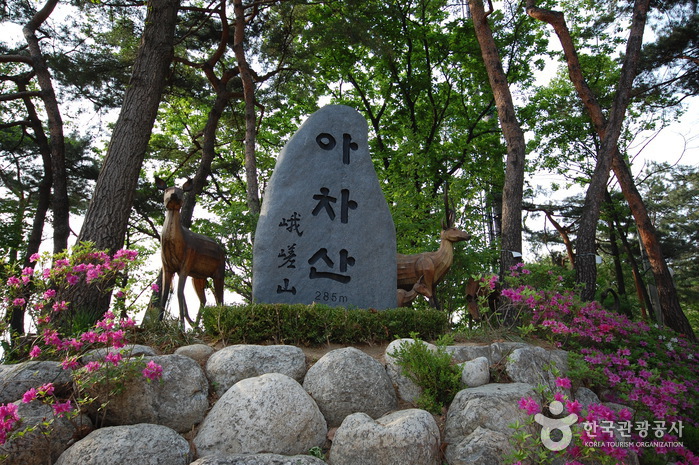
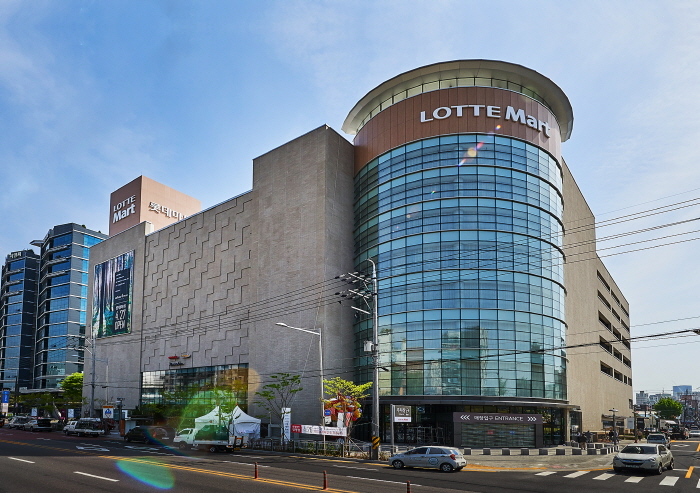
 Français
Français
 한국어
한국어 English
English 日本語
日本語 中文(简体)
中文(简体) Deutsch
Deutsch Español
Español Русский
Русский